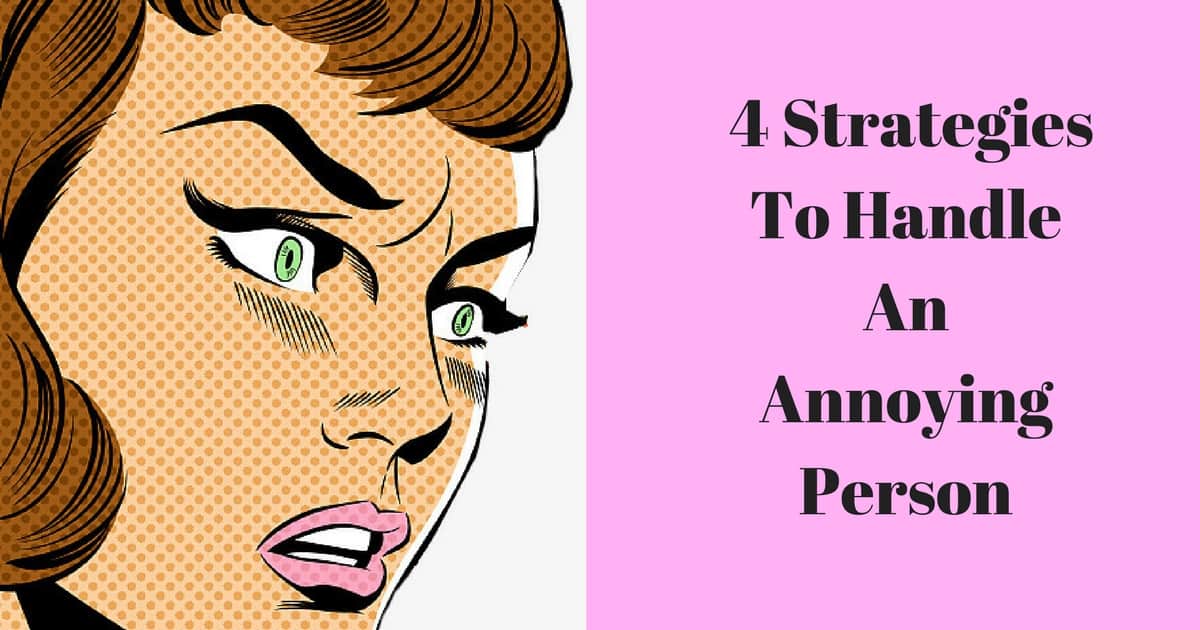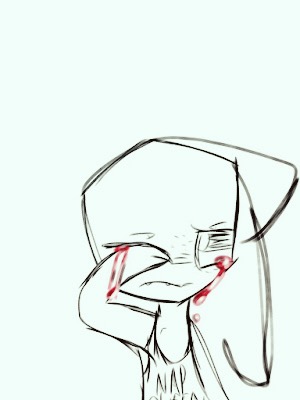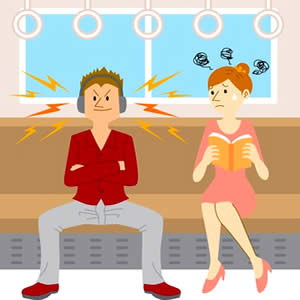
I'm pretty sure I could come up with some more. Just because you don't like it, doesn't give you the right to be an ass about it. Some people like to draw kinky-ass NSFW or bloody gore. This obviously doesn't just concern the art community. but I just think it's just kinda annoying. Yes, you'll learn to draw quicker when growing as an artist, but I swear most of those posts are just fake. There are tons of different ways to make art. Digital art is real art etcetera etcetera. Using references is important if you wanna learn how something looks. Tracing and stuff Is great for practice and doing the same over 3D models is not cheating.
Annoying person sketch how to#
People telling others how to do their art. Your "original species" is not special, everyone with an ounce of creativity would come up with that on their own. Artstyle, color and post theft are not a thing. Sometimes people just don't want to hear negative things about their art. Nobody asked for your opinion, people just wanna have fun posting their art online. People giving critique without asking first. I could go on about the many things I hate about the art community but it'll be too long to text. If you want attention, you gotta work for it, it doesn't happen instantly. There's nothing wrong about wanting attention and validation but it's so annoying to see people get frustrated their first peice of art posted on an account with 0 followers only gets 1 or 2 likes.
Annoying person sketch professional#
especially seeing some artists put down other professional artists is so infuriating. Putting other people down to bring their art up, or say 'well what I would have done'. They said they figured it out on their own and that they wouldn't give handouts and I just had to figure it out on my own. When I ask people about their technique only for them to either not respond (which i dont really mind) or even worse, they message back and tell you to figure it out yourself.

Graffiti is now sometimes big business.Tbh I've built somewhat of a dislike towards artists the past few years, however I try to be nice to others even if they can be annoying. Works by Banksy have been sold for over £100,000. The Frenchman Blek le Rat and the British artist Banksy have achieved international fame by producing complex works with stencils, often making political or humorous points. Jean-Michel Basquiat began spraying on the street in the 1970s before becoming a respected artist in the ’80s. ‘Your freedom of expression ends where my property begins.’ On the other hand, Felix, a member of the Berlin-based group Reclaim Your City, says that artists are reclaiming cities for the public from advertisers, and that graffiti represents freedom and makes cities more vibrant.įor decades graffiti has been a springboard to international fame for a few.

‘I have a message for the graffiti vandals out there,’ he said recently.

Peter Vallone, a New York city councillor, thinks that graffiti done with permission can be art, but if it is on someone else’s property it becomes a crime. The debate over whether graffiti is art or vandalism is still going on. By the 1980s it became much harder to write on subway trains without being caught, and instead many of the more established graffiti artists began using roofs of buildings or canvases. But at the same time that it began to be regarded as an art form, John Lindsay, the then mayor of New York, declared the first war on graffiti. Art galleries in New York began buying graffiti in the early seventies. They worked in groups called ‘crews’, and called what they did ‘writing’ – the term ‘graffiti’ was first used by The New York Times and the novelist Norman Mailer. In the early days, the ‘taggers’ were part of street gangs who were concerned with marking their territory. In the mid seventies it was sometimes hard to see out of a subway car window, because the trains were completely covered in spray paintings known as ‘masterpieces’. The new art form really took off in the 1970s, when people began writing their names, or ‘tags’, on buildings all over the city.

Modern graffiti seems to have appeared in Philadelphia in the early 1960s, and by the late sixties it had reached New York. Later the Ancient Romans and Greeks wrote their names and protest poems on buildings. The first drawings on walls appeared in caves thousands of years ago.


 0 kommentar(er)
0 kommentar(er)
